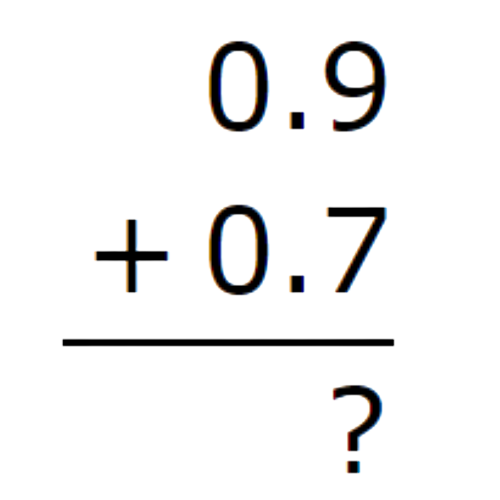Add and subtract decimals
key notes:
Understanding Decimals
- Decimals represent fractions with a denominator of 10, 100, 1000, etc.
- Place value is important: tenths, hundredths, and thousandths.
Aligning the Decimals
- Write numbers in a column with the decimal points lined up.
- Add or subtract digits from right to left, just like whole numbers.
Adding Decimal Numbers
- Align the decimal points.
- Add digits column by column, carrying over if needed.
- Place the decimal point in the sum directly below the other decimal points.
Subtracting Decimal Numbers
- Align the decimal points.
- Subtract digits column by column, borrowing if needed.
- Place the decimal point in the difference directly below the other decimal points.
Using Zero as a Placeholder
- Add zeros to make numbers have the same decimal places if needed (e.g., 3.4 becomes 3.40).
Estimating Before Solving
- Round the decimals to the nearest whole number to check if the answer is reasonable.
Checking Your Answer
- Use inverse operations: Addition can be checked by subtracting, and subtraction can be checked by adding.
Word Problems with Decimals
- Identify keywords: “total” (addition), “difference” (subtraction).
- Convert measurements or money values into decimals when needed.
Learn with an example
🔔 Add.
0.6 + 0.6 = ___ . ___
Remember to line up the decimal points.
0.6 + 0.6 = ?
Add as you would add whole numbers. Remember to write the decimal point in the answer.
0.6 + 0.6 = 1.2
The sum is 1.2.
🔔 Add.
6.71 + 5.47 = ___ . ___
Remember to line up the decimal points.
6.71 + 5.47 = ?
Add as you would add whole numbers. Remember to write the decimal point in the answer.

The sum is 12.18.
Add.

- 1.6
- 1.4
- 1.3
- 2
Remember to line up the decimal points.

Add as you would add whole numbers. Remember to write the decimal point in the answer.

The sum is 1.6.
Let’s practice!

